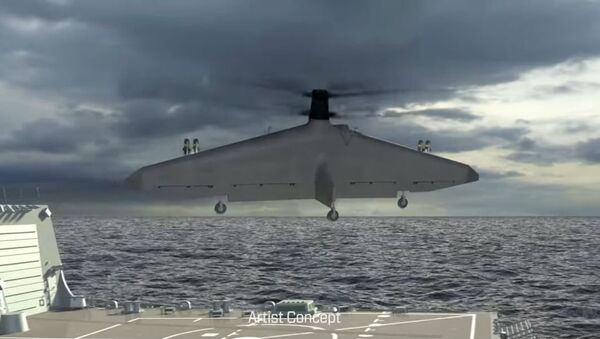The Marines Air-Ground Task Force (MAGTF) is progressing to build out the Marine’s naval capabilities. The organization is the subset of the Marines that balances air and ground forces for specific missions, initially instituted by the Corps in 1963. The Corps “validated a Group 5 UAS requirement that’s made it through the joint requirements process,” Lt. Gen. Jon Davis, of the Corps’ aviation division, said on Wednesday, IHS Jane’s reported.
Group 5 aircraft include MQ-9 Reaper Extended Range drones, a General Atomics Aeronautical Systems aircraft that received a roughly $40 million contract to upgrade the devices in November 2016. MQ-9s hoist four AMG-114 air-to-surface Hellfire missiles and a pair of guided bombs. Proponents of cost-cutting measures have lauded drones for their ability to engage enemy targets at a relatively low cost, both financially and in terms of service members’ lives.
The advancement of the Corps’ unmanned aircraft systems will provide “support to any sized MAGTF for influence of the electromagnetic spectrum, battlespace awareness, offensive air support, target acquisition, force protection, and digital communication backbone,” according to the Marines’ 2016 aircraft plan.
In January 2016, the Pentagon’s secretive Defense Advanced Research Projects Agency (DARPA) awarded Northrop Grumman a contract for the development and concept demonstration of Tern, which may be part of the new progress entailed in Group 5 completion requirements.
Last year Northrop Grumman said that its contract was for a complete aircraft design, manufacture, and “full-scale, at-sea” demonstration. Tern includes an “autonomous, unmanned, long-range, global, persistence intelligence, surveillance, reconnaissance (ISR) and strike system,” that can be deployed from small-deck Marine ships, according to the company.



